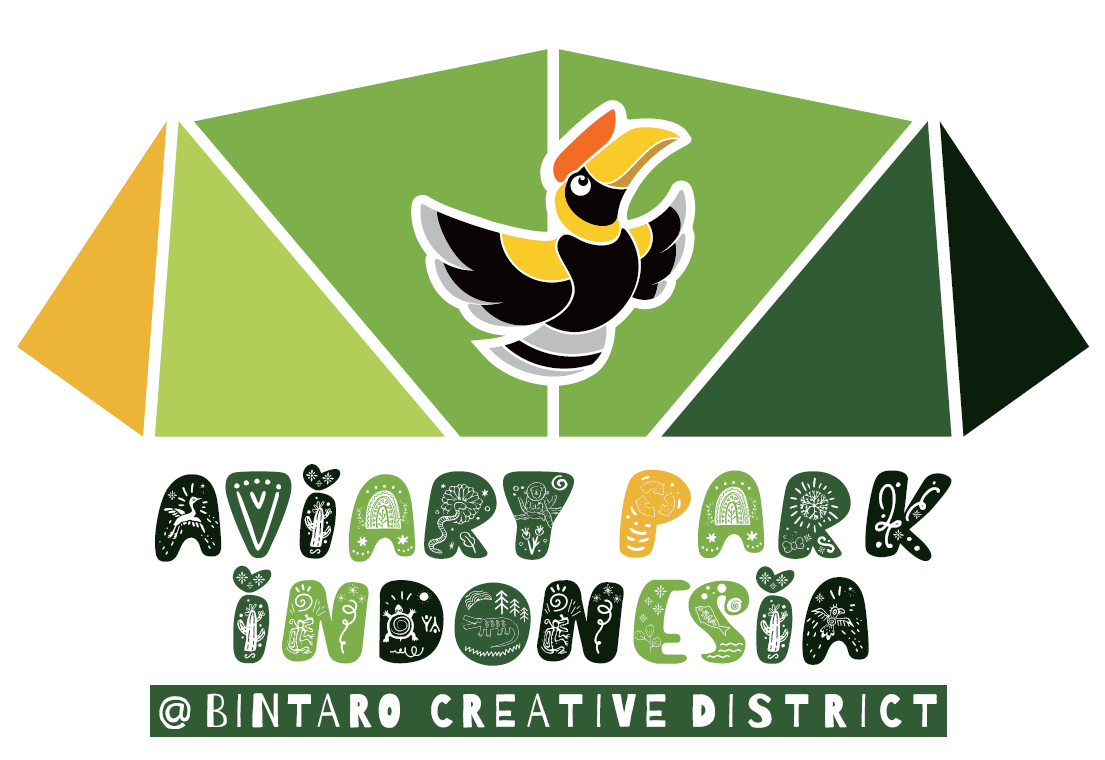Indonesia is known for its diverse wildlife, and one fascinating creature that can be found in the country is the Kadal Air, also known as the water monitor lizard. This unique reptile is native to Indonesia and can be found in various habitats, including swamps, rivers, and mangrove forests. In this article, we will explore the characteristics of the Kadal Air, its behavior, habitat, and its significance in Indonesian culture.
The Kadal Air is a large lizard that can grow up to 3 meters in length, making it one of the largest lizard species in the world. It has a long, slender body, strong limbs, and a powerful tail that helps it swim efficiently in water. Its skin is covered in scales that are usually a dark brown or black color, with yellow spots or bands along its body. The Kadal Air has sharp claws and teeth, which it uses for hunting prey and defending itself against predators.
One of the most interesting features of the Kadal Air is its ability to swim underwater for long distances. It is a skilled swimmer and can hold its breath for up to 30 minutes while hunting for fish, frogs, and other aquatic creatures. The Kadal Air is also known to be a scavenger, feeding on carrion and even raiding bird nests for eggs.
In Indonesian culture, the Kadal Air is considered to be a symbol of strength and resilience. It is often depicted in traditional art and folklore as a powerful and majestic creature. In some regions of Indonesia, the Kadal Air is believed to bring good luck and prosperity to those who encounter it.
Now, let’s address some of the most common questions about the Kadal Air:
1. Are Kadal Air dangerous to humans?
While Kadal Air are known to be shy and usually avoid humans, they can become aggressive if threatened or cornered. It is best to observe them from a safe distance and not to approach or provoke them.
2. What is the diet of Kadal Air?
Kadal Air are carnivorous reptiles and primarily feed on fish, frogs, insects, and small mammals. They are opportunistic hunters and will eat whatever prey is readily available in their environment.
3. Where can Kadal Air be found in Indonesia?
Kadal Air can be found throughout Indonesia, particularly in areas with water bodies such as rivers, swamps, and mangrove forests. They are also commonly seen in urban areas near water sources.
4. How do Kadal Air reproduce?
Kadal Air are oviparous reptiles, meaning they lay eggs to reproduce. The female Kadal Air will dig a nest in the ground and lay a clutch of eggs, which will hatch after a few months.
5. What are the predators of Kadal Air?
The main predators of Kadal Air are large birds of prey, snakes, and other carnivorous animals. They are also at risk from habitat loss and human activities such as hunting and pollution.
6. Can Kadal Air be kept as pets?
While some people may attempt to keep Kadal Air as pets, it is not recommended due to their size, dietary needs, and specialized habitat requirements. In many places, it is also illegal to own a Kadal Air as a pet.
7. Are Kadal Air endangered?
The Kadal Air is not currently considered to be an endangered species. However, habitat destruction, pollution, and hunting pose threats to their populations in some regions of Indonesia.
8. How long do Kadal Air live?
Kadal Air have a lifespan of around 10-15 years in the wild. In captivity, they can live longer with proper care and nutrition.
9. Do Kadal Air have any predators?
Kadal Air are apex predators in their ecosystems and do not have many natural predators. However, they are vulnerable to larger predators such as crocodiles and large snakes.
10. How can we protect Kadal Air?
To protect Kadal Air and their habitats, it is important to conserve natural areas, reduce pollution, and raise awareness about the importance of biodiversity and wildlife conservation. By taking these actions, we can help ensure the survival of the Kadal Air and other unique species in Indonesia.
In conclusion, the Kadal Air is a fascinating and iconic animal of Indonesia, with its unique characteristics and cultural significance. By learning more about this majestic reptile and taking steps to protect its habitat, we can help ensure its survival for future generations to appreciate and admire.
